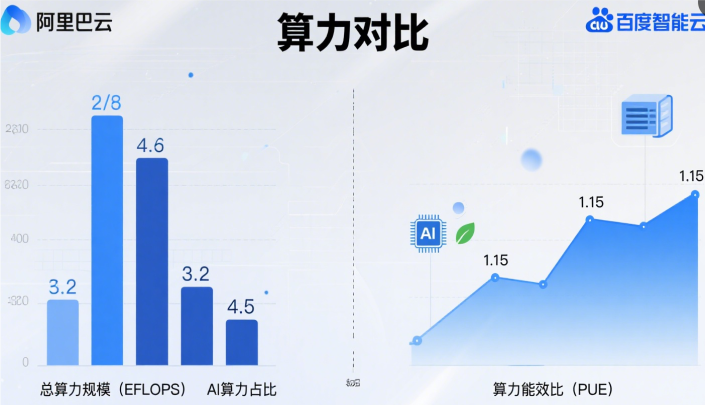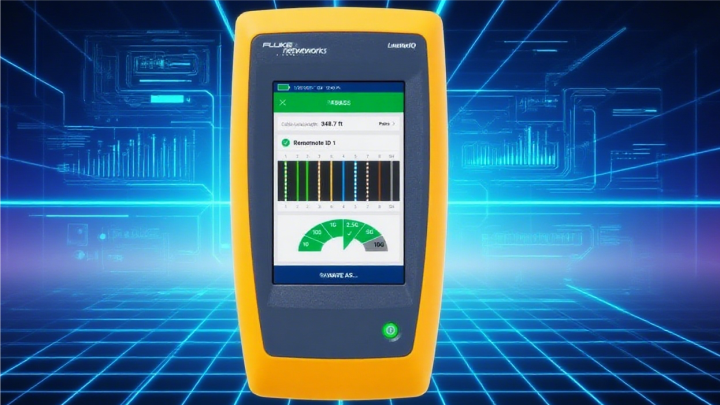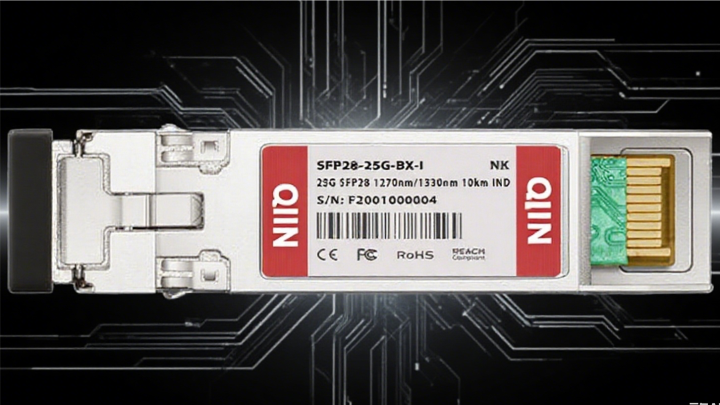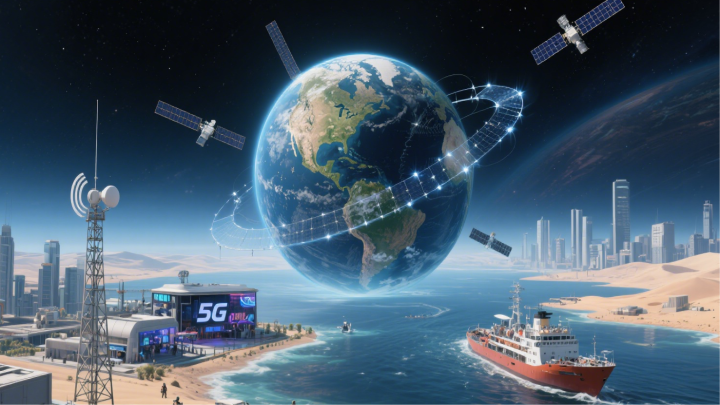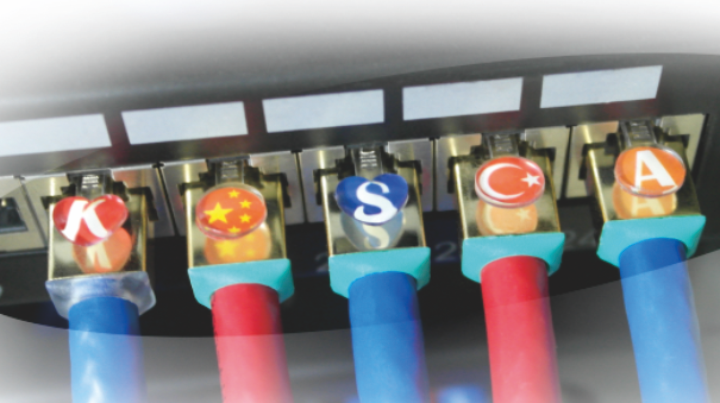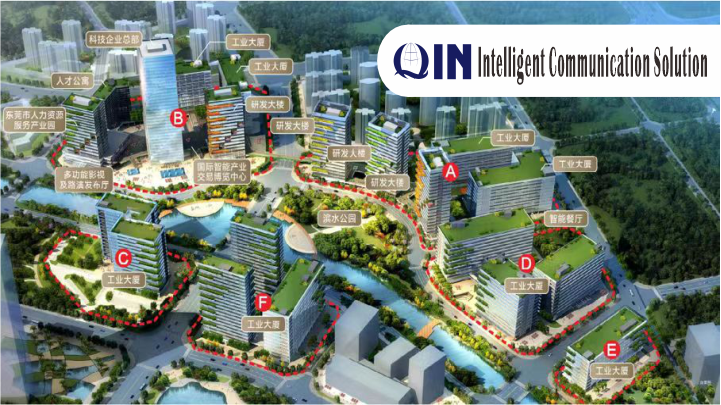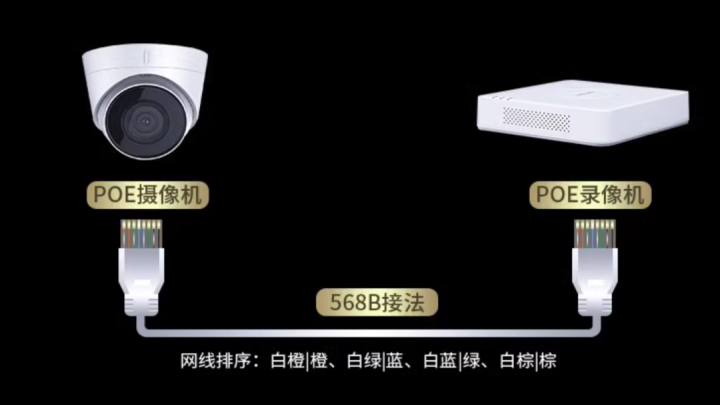5G and Starlink overview
As two major technology directions in the current communication field, 5G and Starlink have both significant differences and complementarities in technical characteristics, application scenarios and future development.

Analysis by degree:
1. Technical characteristics and performance comparison
**Coverage Capability** 5G relies on ground-based base stations for coverage. By 2025, global 5G networks will have reached 65% of the world's population, with China covering 95% of county-level regions. While offering high-speed connectivity in densely populated urban areas, 5G incurs prohibitively high costs for remote mountainous regions and maritime environments. Starlink delivers global network access through a constellation of low-Earth orbit satellites, excelling particularly in aviation and maritime scenarios. For instance, Hawaiian Airlines' implementation of Starlink achieved an average median network speed of 161Mbps with latency under 44 milliseconds – far surpassing traditional satellite communication standards. However, Starlink has yet to achieve full global coverage, and signal attenuation may occur in high-density urban environments due to building obstructions.
**Speed and Latency** While 5G theoretically supports peak speeds of up to 10Gbps, its actual average downlink rate is approximately 538.5Mbps with latency as low as under 1 millisecond. This makes it ideal for real-time applications like autonomous driving and industrial control systems. In contrast, Starlink achieved a peak speed of 276Mbps during 2025 testing (Hawaiian Airlines), though its latency remained around 40-50 milliseconds – comparable to early 5G standards. While Starlink excels at delivering superior connectivity to remote areas compared to traditional satellites, it struggles to meet the ultra-low latency and high reliability demands of industrial applications.
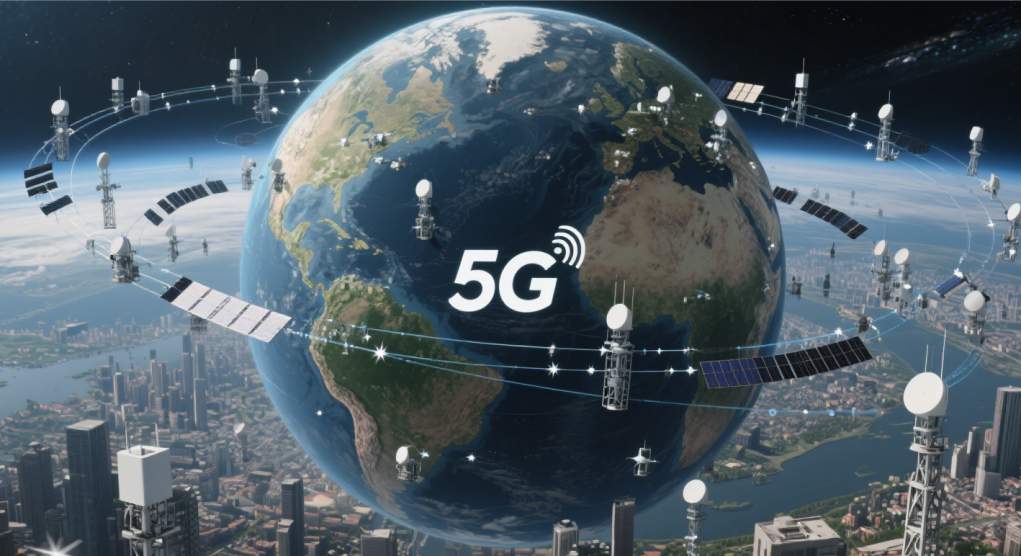
**Spectrum Resources and Network Architecture** 5G primarily utilizes millimeter-wave bands (above 24GHz), where spectrum resources are scarce and competition with Starlink is inevitable. Its network architecture relies on dense base stations, where each base station has limited coverage radius but high capacity, making it suitable for high-traffic scenarios. Starlink employs Ku, Ka, and V-band frequencies to relay signals via satellites. While each satellite can transmit approximately 20Gbps, its spectral efficiency (only 1/4 of 5G) necessitates extensive satellite constellation deployment to enhance overall performance.
2. Application scenarios and market positioning
**Core Applications of 5G** - **Urban High-Density Areas**: Supporting high-speed connectivity for smartphones and IoT devices, with global 5G connections surpassing 3.6 billion by 2025. - **Vertical Industries**: Industrial Internet (e.g., remote control systems, AI quality inspection), Smart Healthcare (e.g., 5G-powered remote surgeries), Vehicle-to-Everything (V2X) Communications, etc. Over 18,0005G industrial projects have been implemented worldwide.
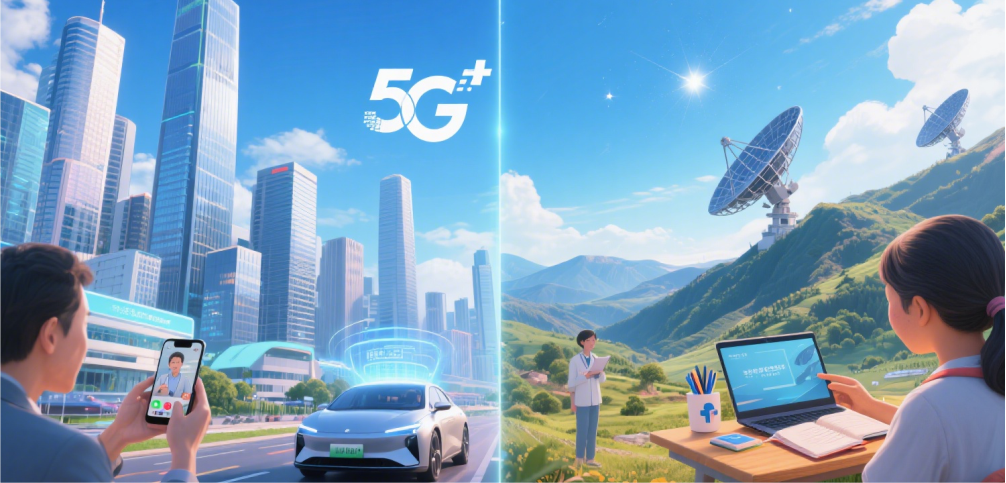
**The Unique Value of Starlink** - **Remote Area Coverage**: Provides internet access to isolated regions, deserts, and polar areas where base stations are difficult to reach. For example, the Sanjiangyuan Nature Reserve in China has achieved real-time transmission of ecological monitoring data through "satellite + 5G" technology. - **Mobile Applications**: Includes aviation (e.g., Qatar Airways' in-flight WiFi), maritime (e.g., long-distance vessel communications), and emergency communications (e.g., temporary network deployment during disasters). - **Military and Specialized Needs**: The U.S. Army has adopted Starlink for tactical communications, while China has enhanced signal coverage in extreme environments from less than 30% to over 90% through low-orbit satellites working with 5G-Advanced technology.
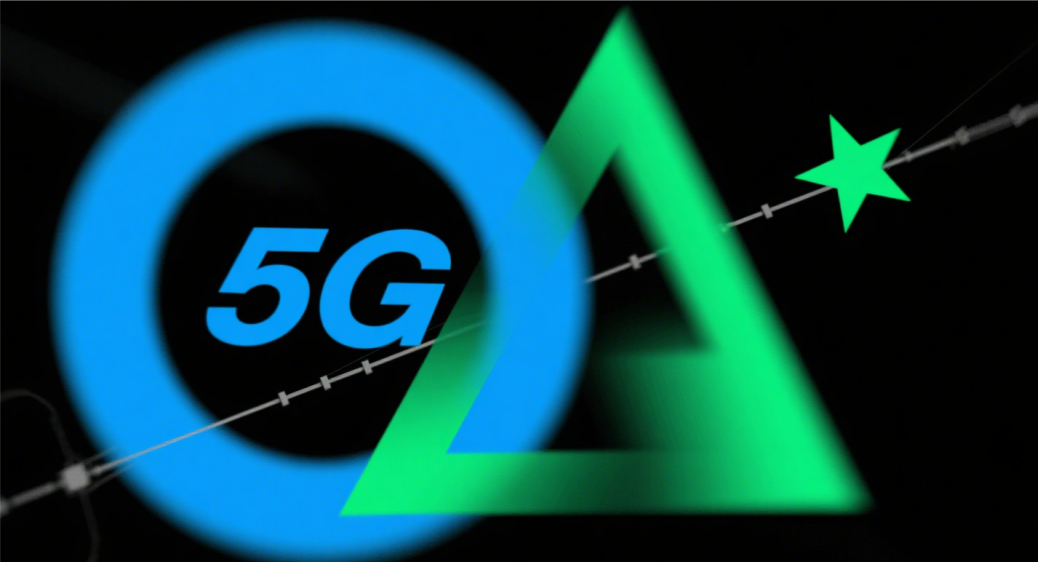
3. Complementarity and competition
**Complementary Nature** - **Full-Spectrum Coverage**: 5G addresses high-speed demands in urban and transportation hubs, while Starlink bridges gaps in remote areas, jointly forming an integrated "space-air-ground" network. For instance, China plans to launch over 13,000 low-orbit satellites paired with 5G-Advanced base stations, boosting signal coverage in deserts and oceans to over 90%. - **Disaster Recovery**: Starlink enables rapid communication restoration during disasters, while 5G provides daily high-bandwidth services. During the 2024 Henan flood disaster, 5G drones equipped with satellite modules established temporary networks within two hours, serving 120,000 affected residents.

**Potential Competition** - **Spectrum Resource Clash**: The overlapping spectrum between Starlink's Ka-band and 5G millimeter wave bands may cause interference issues. For instance, China has designated the 6425-7125MHz band as a dedicated 6G frequency to avoid conflicts with Starlink. - **Technical Approach Differences**: While Starlink aims to achieve global broadband through satellites, 5G emphasizes "satellite-to-ground integration" during its transition to 6G. This creates strategic competition in standard development and industrial chain integration between the two technologies.
4. Future development trends
**5G Evolution and 6G Development** The 5G-Advanced (5G-A) standard has been finalized, expanding coverage to 1.5 times the original range through technologies like integrated communication-sensing systems and passive IoT, while reducing latency to under 1 millisecond. China is advancing 6G research with the goal of deeply integrating satellite communications into terrestrial networks, achieving "integrated space-air-ground-sea coverage" for comprehensive connectivity. Commercial deployment is expected by 2030.

**Starlink's Technological Upgrade** SpaceX plans to launch third-generation Starlink satellites via Starship in 2026, with a 20-30-fold capacity increase. These satellites will enable direct mobile connectivity while reducing latency to near-5G levels. Additionally, Starlink may directly compete with terrestrial 5G networks in certain scenarios, such as rural areas.
**Global Competition Landscape** China leads in the integration of 5G-Advanced (5G-A) and low-orbit satellites, spearheading the formulation of the 3GPP NTN international standard. Meanwhile, the United States relies on Starlink to secure spectrum and orbital resources. The European Union, constrained by technological fragmentation and slow progress, is witnessing its global communication hegemony extend from the ground to space.

5.5G and Starlink are not in a replacement relationship, but rather a complementary system with "ground-based infrastructure as the mainstay and satellite-based systems as the supplement": 5G serves as the "highway" for urban digital economies, while Starlink acts as the "capillaries" in remote areas and specialized scenarios. In the future, with the maturation of 6G's "space-ground integration" technology, the two will further synergize to achieve "seamless connectivity for anyone, anything, anywhere." For ordinary users, 5G remains the preferred choice for daily use; whereas in maritime navigation, aviation, and exploration scenarios, Starlink is becoming an indispensable communication tool.
-
fibre-optical
Jul 22, 2025
-
Classified by control technology
Jul 22, 2025
-
Aliyun VS Baidu Cloud
Jul 19, 2025
-
Smart factory network cabling
Jul 19, 2025
-
Full analysis of wiring test tools
Jul 19, 2025
-
Enterprise network cabling
Jul 19, 2025
-
Can you do smart control without the Internet
Jul 19, 2025
-
Principle of whole house intelligent control
Jul 18, 2025
-
Specifications and functions of light modules
Jul 18, 2025
-
Fiber optic engineering
Jul 18, 2025
-
Common classifications and their specific types:
Jul 18, 2025
-
Parking fee system
Jul 14, 2025
-
Video face recognition big data system
Jul 14, 2025
-
Starlink is a low-orbit satellite launched by SpaceX
Jul 14, 2025
-
5G base station project
Jul 14, 2025
-
5G and Starlink overview
Jul 14, 2025
-
Internet Data Center (IDC)
Jul 11, 2025
-
Enterprise LAN solutions
Jul 10, 2025
-
Video transmission theory
Jul 10, 2025
-
Patented technology and marked RJ45 crystal head
Jul 10, 2025
-
Advantages and disadvantages of intelligent control
Nov 30, 2024
-
Video Streaming Data Center
Nov 30, 2024
-
Computer Centre
Nov 30, 2024


